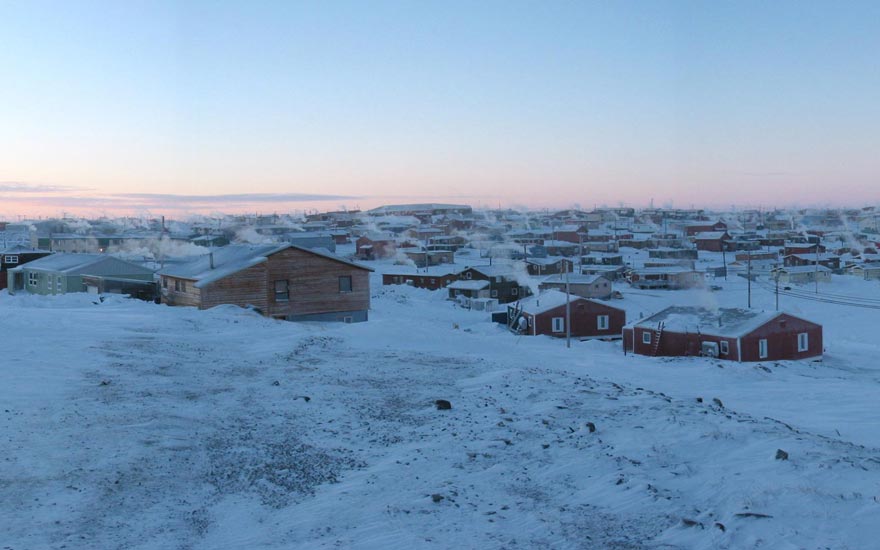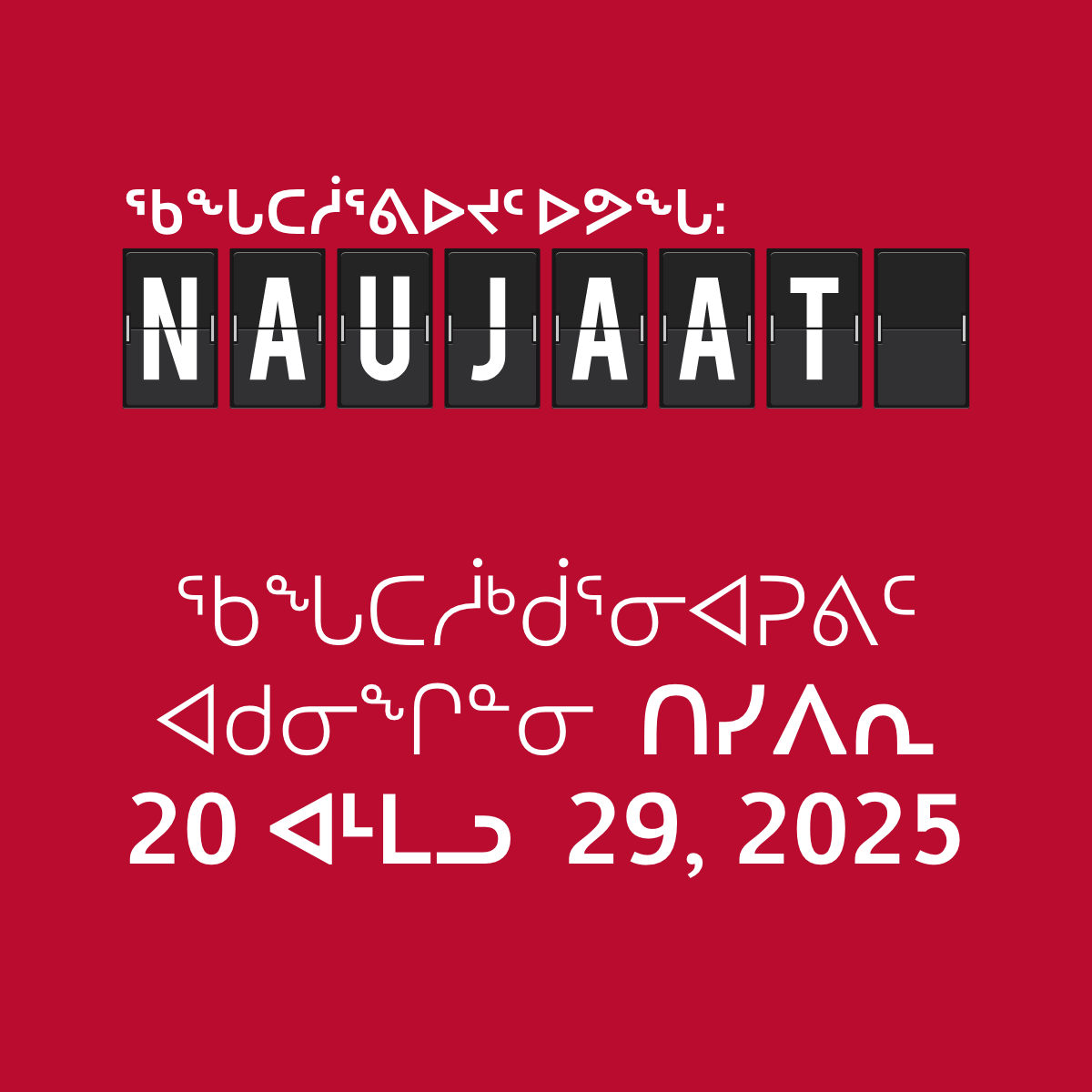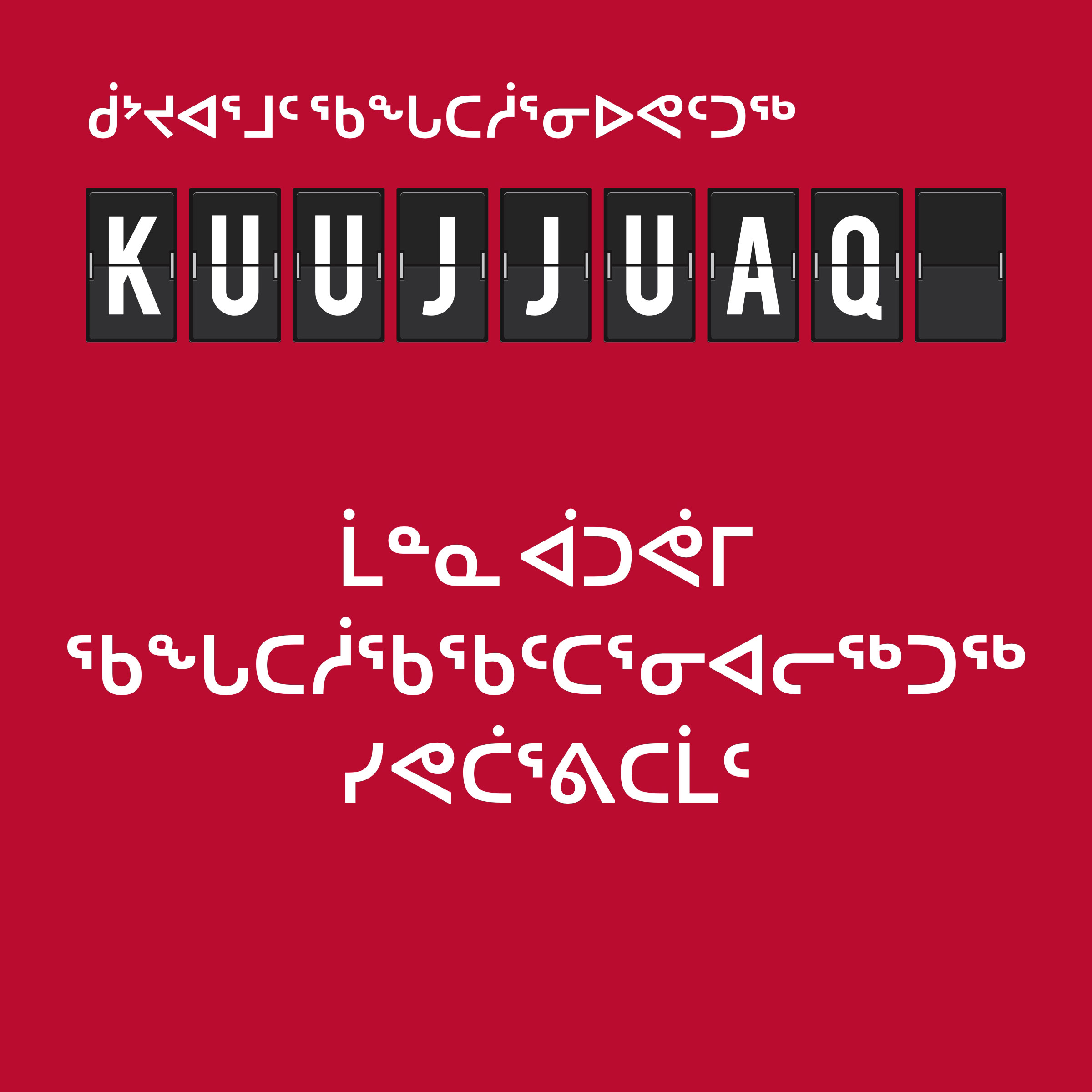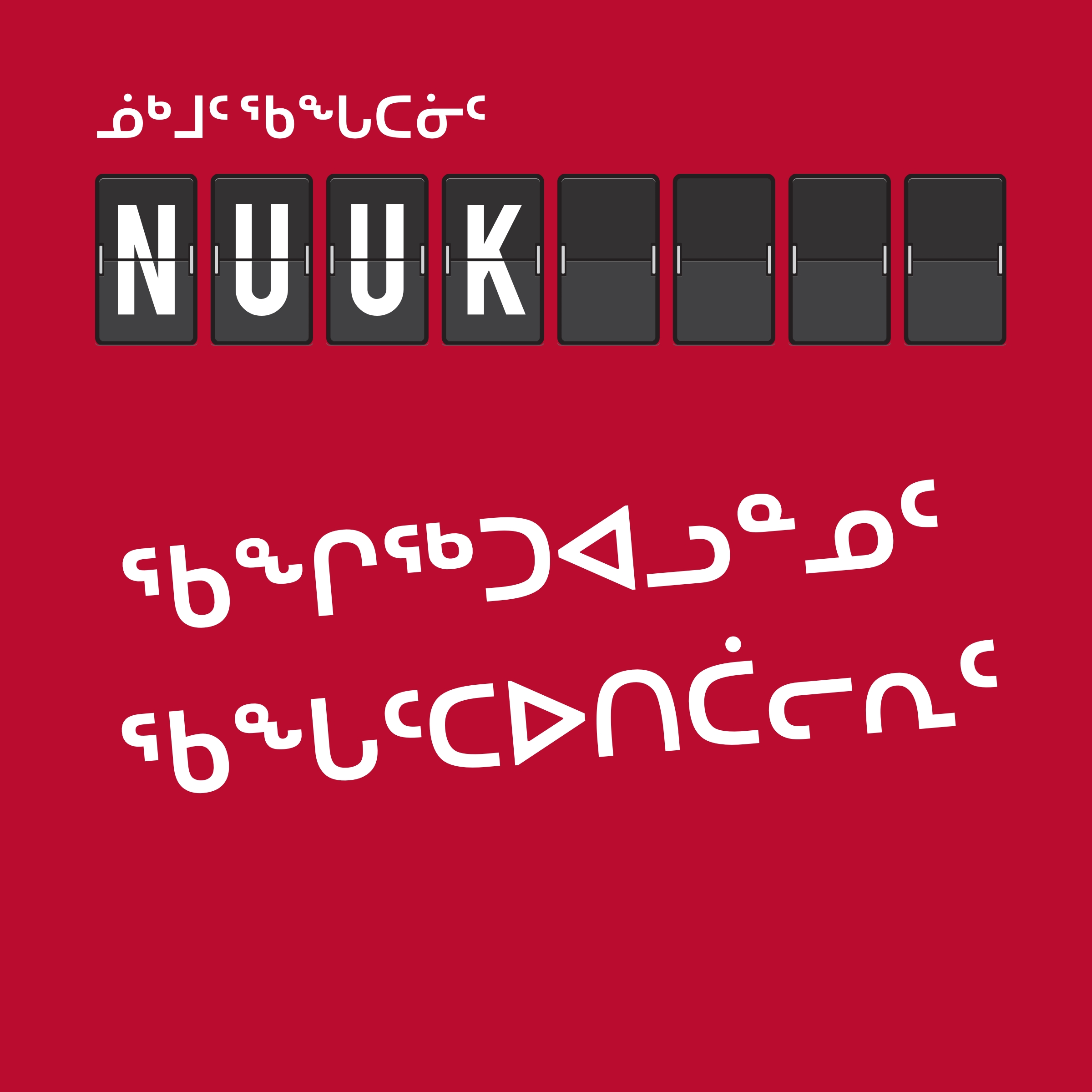Rankin Inlet, also known as Kangiqtiniq in Inuktitut meaning ‘deep inlet’, is a modern and vibrant community that is a blend of cultures and traditions. This mixture of Inuit and European culture, the old and the new economy, and the blending of Inuit from many tribal backgrounds led to a generation of prominent leaders that started the movement towards creation of the Nunavut territory.
Some essential Rankin experiences include:
- Boating to Marble Island, located 50 kilometers by boat from town, and learn about the history about this culturally significant site. The island is steeped in mythology and tradition and teeming with polar bears and beluga whales during the summer and fall seasons
- Touring the local art scene. Rankin Inlet has a unique history of pottery carried on by the grandchildren of the first Inuit who tried their hands at ceramics in the 1960s. The Matchbox Gallery showcases the true ‘Rankin Inlet esthetic’ and the dedicated artisans who continue the tradition. Ivalu, a retail and arts studio, showcases both local artists and those from other regions of Nunavut. You can also find artists developing their work outside their houses – carvers and jewellers alike.
- Exploring the ancient Thule Inuit site at the Meliadine River at Iqalugaarjup Nunangat Territorial Park. This was the ancient site of Inuit occupation, where you can still enjoy fishing at the river,- known for its excellent grayling fishing and crystal clear drinking water.
- Skating in the home arena of local hockey hero and NHL star, Jordin Tootoo
Rankin Inlet is the gateway to the Kivalliq region, and the many riches it has to offer. Travel by dogsled or snowmobile to see the iconic animals of the Arctic. The great caribou herds make their annual migration across the rolling tundra. The powerful nanuq – the polar bear- silently prowls the shores of Hudson’s Bay. The rivers and lakes nearby teeming with arctic char, grayling, ake tTrout.
These were the natural treasures that first drew people to the Rankin Inlet area over 2500 years ago. The early Inuit established deep routes and honed strong culture traditions on the stark tundra. Over time, Europeans in search of whales and a passage to the Far East discovered the wealth of the area. Some of the earliest contact between the two cultures took place at Marble Island, 50 kms away from Rankin Inlet where whalers established an overwintering camp on the protected harbours of the island.
European whalers were followed by trappers, traders, and explorers seeking adventure and profit. Inuit in the area learned to communicate with these visitors and have been welcoming to this day.
Rankin Inlet has been shaped by the discovery of nickel during in the early 1950s and the establishment of the North Rankin Nickel Mine at the current town site. Walking through the community today, you can see the remains of the mine – the rock crusher that stands where the headframe once rose from the land.
The mine brought Inuit from around the region seeking the first wage employment their families had ever seen. These were followed by traders and government officials who helped shape the local economy and develop the community today. Mining continues to be an important pillar of the community with the development of the Meliadine Gold Mine 40 kms away.
Rankin Inlet continues to be a meeting place and a hub for the region. All flights to the Kivalliq pass through the bustling Rankin Inlet Airport. The welcoming people of this community are proud to showcase their culture and traditions that are expressed through art at local galleries.
Follow in the footsteps of local hockey hero Jordin Tootoo and lace up your skates at the local arena, and observe firsthand the determination of young players seeking to be the ‘Next One’. The arena is a pillar of the community and is open to public skating for all ages with skates available to borrow. Also, coming out to watch the intense local hockey leagues in action is always a thrill.







